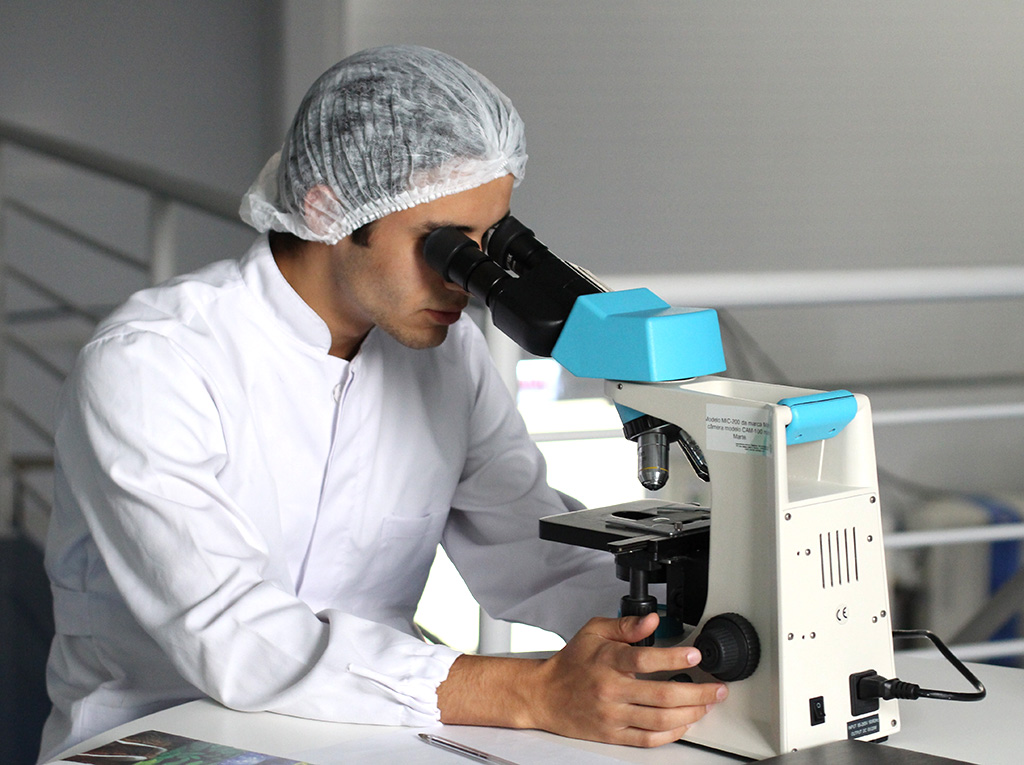In the last 100 years, industrious scientists have made incredible advances in medicine and health care. From penicillin to MRI scans, these medical discoveries have greatly improved our lives. Not only that, but the very nature of their existence was once unfathomable. With the ability to cure infections more easily and to view the body without cutting into it, medical research has covered a lot of ground. Here are some of the top medical discoveries and how they transformed the world into what we see now.
The Discovery of Penicillin
Did you know Alexander Fleming discovered penicillin in 1928? This first antibiotic changed the world. There were so many infections that doctors at the time could not treat and wounded soldiers would often go septic before they were cured. With the discovery of penicillin, many of these people were given a new lease on life.
X-rays and Medical Imaging
Can you imagine where we would be without x-rays, MRIs, and even CAT scans? The ability to see into the body has streamlined surgical procedures, helped to identify tumors, and so much more. This allows doctors to be precise in their treatment of patients. None of it would be possible without medical device research and development.
Lasers
Lasers are used in many different medical fields, including surgery, eye surgery and the treatment of skin conditions. They can also be used in the treatment of cancer. In laser eye surgery, a laser is used to reshape the cornea so that light enters through it more easily. This reduces or eliminates the need for contact lenses or glasses after surgery. Laser technology is also being explored for use on other parts of the body where it may help with healing wounds or improving organ function.
Ultrasound Scans
Ultrasound scans are a type of medical imaging used to create images of the body. The ultrasound scan uses high-frequency sound waves, which bounce off the tissue and return an image to the scanner. They are often used in pregnancy to visualize the baby and in other surgical procedures where x-ray or MRI would be unnecessary.
Artificial Hips and Knees
Artificial hips and knees are common and have helped millions of people. They can make you stand up straight again, or give you back the ability to walk without pain. Artificial hips are more durable than natural ones, as they don’t require as much maintenance or replacement. Artificial knees allow patients to return to sports they played before their injuries, such as jogging or tennis. These advancements have given people young and old the ability to move once again after devastating injuries.
Coronary Bypass Surgery
Heart disease is the leading cause of death in the United States. Coronary bypass surgery, also known as coronary artery bypass grafting (CABG), is a procedure to treat coronary heart disease. During CABG, doctors use veins or arteries from elsewhere in your body to create new routes around narrowed or blocked arteries in your heart so blood can flow more freely. This advancement means that people who need it can live longer and healthier lives, where once they would’ve essentially had a death sentence.
Prosthetics and Replacement Organs
Prosthetics and replacement organs have been around as long as humans have. The ancient Egyptians used prosthetics to replace lost body parts, and we’ve come a long way since then. Today, modern prosthetics are made of high-strength materials like carbon fiber that can be customized for each patient’s unique needs. They’re used in place of missing limbs, or to replace limbs that have been injured or damaged. Additionally, with the continued advancement of robotics through various biotech companies like the ones right here in San Diego County, there are now limbs that can move more freely than ever before.
Future Scientific Developments
With the swift advancements that have come in the past 100 years, it’s clear that the future is looking bright when it comes to medicine. The advancements of the future might be a pipe dream in someone’s mind right now, but the right environment can help those dreams become reality. While some advancements were more accidental, like penicillin, others, like the improvements in prosthetics came because scientists refused to stop dreaming and imagining and making things better. This has made the world a better place for countless people.





